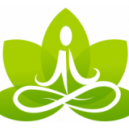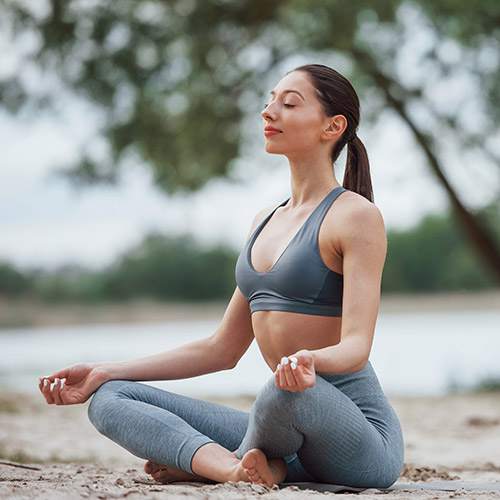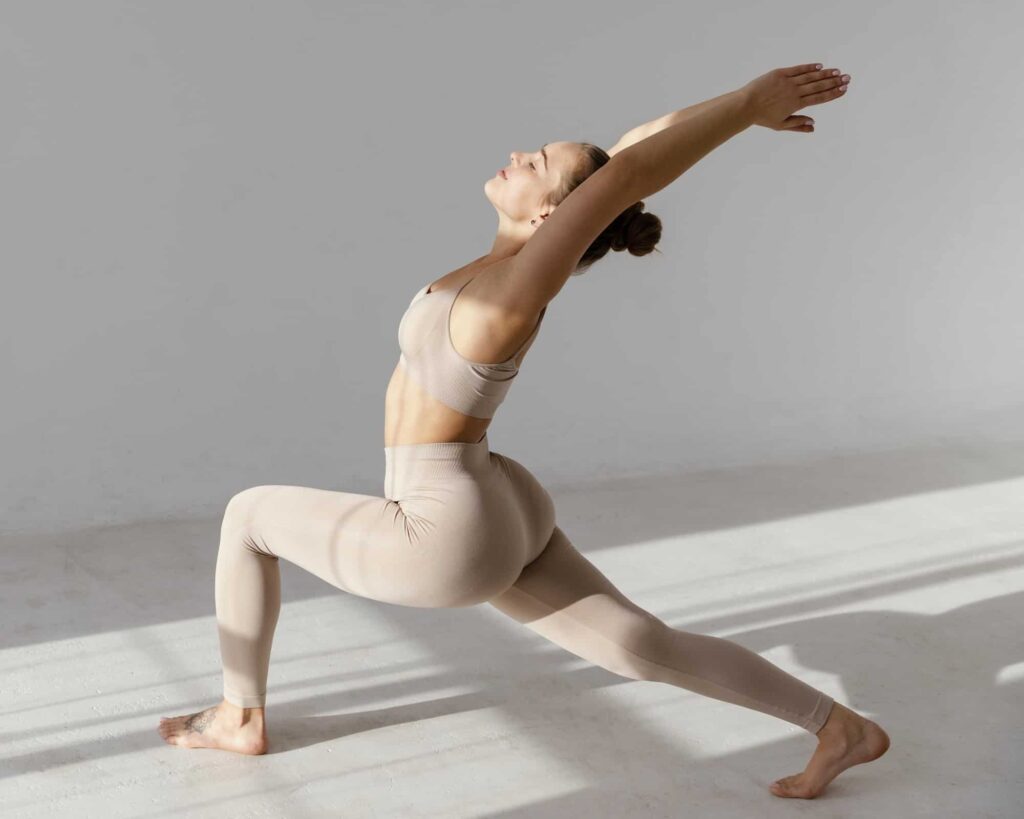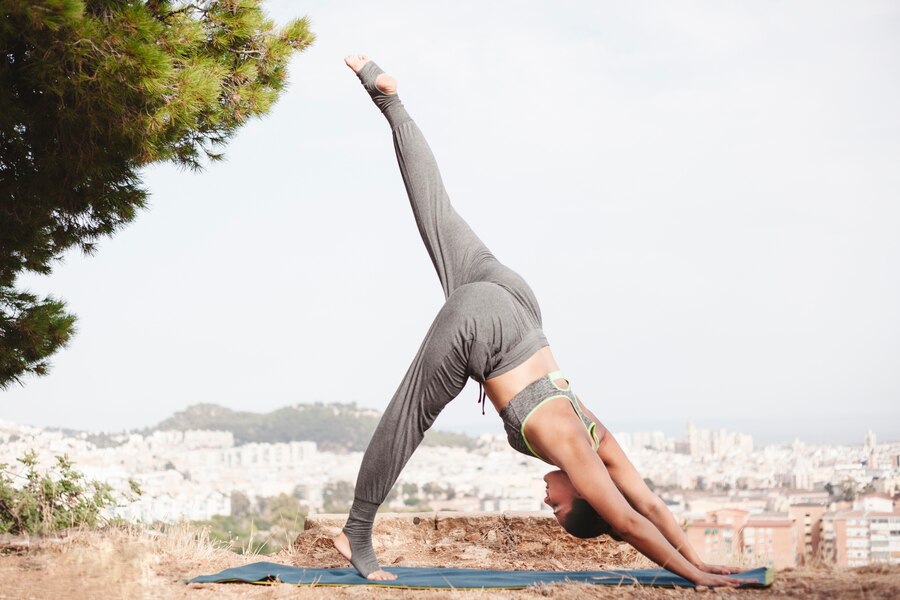What are the 8 limbs of Yoga?

If you’re planning to embark on a yoga teacher training journey in Bali it’s always better to be prepared prior to get on that flight. That doesn’t mean absorbing everything you can before you leave but understanding the basics of a yoga practice, which we’re sure you know!
During your 200 hour yoga teacher training in Bali, you’ll begin to understand more that yoga is not just about striking a perfect pose or achieving a certain level of physical flexibility (like many yoga-influencer may tell you). It is a holistic practice that encompasses the mind, body, and spirit. Let’s start with the 8 limbs of yoga, as outlined in the ancient text, the Yoga Sutras of Patanjali, which provide a framework for achieving this balance and harmony within oneself.
The first two limbs, Yama and Niyama, are the ethical and personal practices that form the foundation of yoga, think about them as moral codes. These principles include non-violence, truthfulness, cleanliness, self-discipline, and devotion. Practicing these principles helps to develop a strong ethical foundation for both your personal practice and when you teach your future students. By promoting self-awareness, inner peace, and a sense of connection to the world around us you’ll begin to see yoga’s link to mindfulness and meditation, 2 other practices you’ll dive deeper into during your YTT!
The third limb, Asana, is what most people associate with yoga: the physical postures and movements that are designed to create a class or flow. While the practice of asanas can provide numerous physical benefits such as increased flexibility, strength, and balance (to name a few), their true purpose is to prepare the body and mind for the deeper spiritual practices of yoga. By incorporating asana with pranayama in your yoga teacher training you’ll get the best out of your practice! This leads us to our next limb.
During your yoga teacher training in Bali, we start our mornings with silence by heading to the yoga shala for meditation and pranayama. Because let’s face it, sometimes we don’t feel like talking to people at 6 AM! Pranayama, the fourth limb of yoga, is the practice of regulating the breath to help calm the mind and enhance the flow of vital energy or prana in the body, especially through the spine. Breathing techniques such as deep breathing, alternate nostril breathing, and ujjayi breathing help to settle thoughts, reduce stress, and increase vitality and energy for the intensive training day ahead!
The fifth limb, Pratyahara, is the practice of withdrawing the senses from external distractions and focusing inward to develop self-awareness and concentration. In our modern world of constant stimulation and distractions, the practice of Pratyahara can be particularly challenging but is crucial for developing a deeper connection to oneself. We built a specialized retreat center to support this principle of yoga and minimized distractions in a serene setting of rice paddies, tall palm trees, and thick jungles!
The sixth limb, Dharana, is concentration or single-pointed focus to calm and still the mind. The practice of concentration helps to develop mental clarity, focus, and stability, enabling the practitioner to deepen their meditation practice, not to mention how this can improve your work life. The seventh limb, Dhyana, is meditation, or the sustained state of focus and awareness, leading to a deep sense of inner peace and connection. By bringing your mind to the present, you’ll begin to let go of the traumas in the past to further grow as a person.
The eighth and final limb, Samadhi, is the state of complete absorption and union with the object of meditation, resulting in a profound spiritual experience and liberation. Samadhi is the ultimate goal of yoga, where the practitioner experiences a sense of oneness with the universe, transcending the boundaries of the self. We can often achieve Samadhi by regularly practicing the other seven limbs of yoga to find that harmony in balance, which is what our yoga teacher training in Bali is based around. If you’ve ever wondered why people live by yoga, this is it!
While the practice of asanas is an important part of yoga, it is only one aspect of a much larger and more holistic practice. Whether you are new to yoga or a seasoned practitioner, integrating these practices into your daily routine can help to transform your life, promoting health, happiness, and spiritual growth. Join us for a deep transformation through yoga philosophy and fully experience all 8 limbs of yoga, we have training dates every month!



